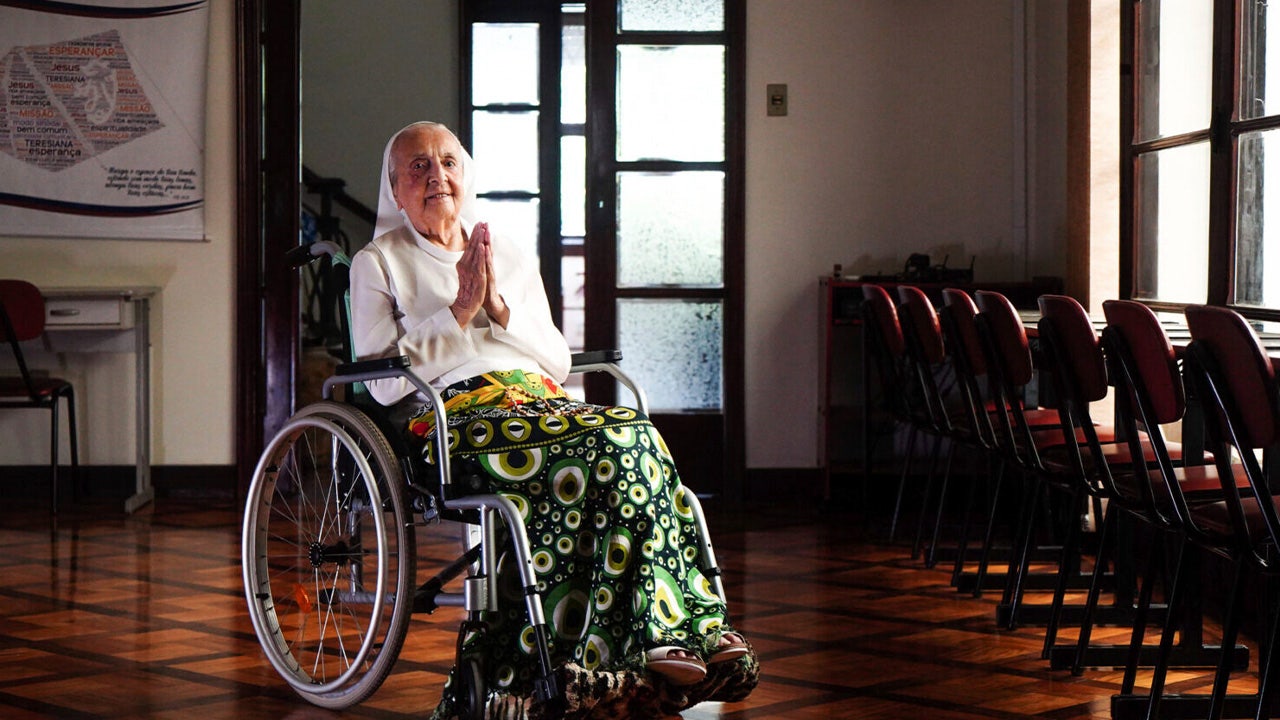Fitness
The UGR leads a global scientific consensus on the most important physical fitness tests for children and adolescents

The 20-meter shuttle run (also known as the beep test), handgrip strength (or manual dynamometric), standing long jump tests together height/weight to estimate body mass index are the most appropriate tests.
These results have an impact on public health policies
Researchers from the University of Granada and the Public Health Agency of Canada have identified the most important physical fitness tests and the corresponding protocols to be used with children and adolescents. The degree of scientific agreement (consensus) around such evidence was more than 85% in different regions of the world.
Professor Francisco B. Ortega, from the Faculty of Sports Sciences of the University of Granada, leads this work in which researchers have asked 169 fitness experts from 50 countries about the most: reliable, valid, health-related and safe physical fitness tests. The experts agreed that the most important tests are the 20-meter shuttle run test, as a measure of aerobic or cardiorespiratory capacity related to how long young people can run at a progressively faster speed; the handgrip strength test (manual dynamometry), as an indicator of muscular strength levels; the standing long jump test with feet together, a test of the muscle power of the legs; and the body mass index, commonly used to determine weight status (underweight, normal weight, overweight, obesity).
Not only these tests are among the most commonly used to evaluate fitness performance in the world, but they are also a powerful indicator of the overall health status of the young people tested. «Children who can run and jump farther and who have greater handgrip strength tend to be healthier, have better mental health and better cognitive/academic performance than their peers with worse performance in these tests,» the study states. «Children who are fit also tend to grow into healthy adults. Identifying and helping children with the worst physical condition may be one of the keys to reducing chronic diseases and improving the health of the general population,» says Dr. Lang from the Public Health Agency of Canada and the last author of this work.
In addition, «the assessment of physical fitness in a given population is an indirect marker of the physical activity levels of that population, which provides objective and valuable information to evaluate the effectiveness of public health policies aimed at increasing activity levels in countries or regions,» says Professor Ortega of the University of Granada.
«This study is very exciting because it brings us one step closer to a standardized and universal fitness assessment, which will allow us to conduct global comparative studies and have a picture of the global fitness map in young people,» said Kai Zhang, PhD student and co-lead author of the study. This global consensus on which fitness tests to use globally opens the door to a next step, which will be to start implementing these tests into existing fitness monitoring systems, as well as knowing which countries have the fittest children.
Bibliographic reference:
Francisco B. Ortega, Kai Zhang, Cristina Cadenas-Sanchez, Mark S. Tremblay, Gregor Jurak, Grant R. Tomkinson, Jonatan R. Ruiz, Katja Keller, Christine Delisle Nyström, Jennifer Sacheck, Russell Pate, Kathryn L. Weston, Tetsuhiro Kidokoro, Eric Poon, Lucy-Joy M. Wachira, Ronald Ssenyonga, Thayse Natacha Q.F. Gomes, Carlos Cristi-Montero, Brooklyn J. Fraser, Claudia Niessner, Vincent O. Onywera, Yang Liu, Li-Lin Liang, Stephanie A. Prince, David R. Lubans, Justin J. Lang. The Youth Fitness International Test (YFIT) battery for monitoring and surveillance among children and adolescents: A modified Delphi consensus project with 169 experts from 50 countries and territories. Journal of Sport and Health Science, 2024, https://doi.org/10.1016/j.jshs.2024.101012
Contact:

Francisco B. Ortega
Department of Physical Education and Sports
Faculty of Sports Sciences
University of Granada
Email: @email










